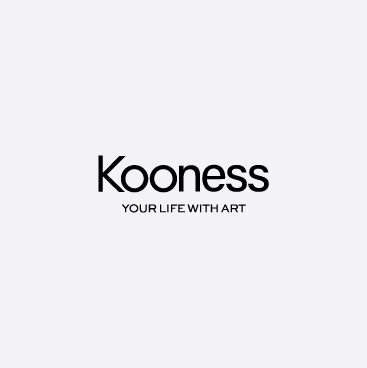Versöhnung
1912Signed Dated Titled
Size
8 x 9.84 in
Year
1912
Medium
Drawings
Reference
528c83d2
Woodcut on thin Japan paper
On the verso with the estate stamp (Lugt 1782b) on
the lower edge: 'Hand print from the original wooden
stick confirmed' as well as signed by Maria Marc in
pencil: 'Maria Marc' and titled: 'Versöhnung'
1880 Munchen, Germany
Franz Marc was born on February 8, 1880 in Munich. After graduating from high school, he
initially enrolled for a philosophy course at the Ludwig Maximilian University in Munich, stating
that he should not compete because of a one-year basic training in the military, during which
Marc was learning to ride. Immediately afterwards, he switched to the Munich Art Academy,
where his father studied painting before him. In the years that followed, mainly the French
Impressionists, whose work he got to know during a trip to Paris in 1903, definitely changed
Marc's style. On another trip to Paris in 1907, the artist came under the influence of Paul
Cezanne, Paul Gauguin and Vincent van Gogh, for whom he was exceptionally enthusiastic.
From then on he created landscape motifs and depictions of animal anatomies, with animals
now belonging to his main motifs of this time. The search for a style led him to even greater
simplifications of form, and color became an important means of expression.
In 1910 Marc met August Macke, and while visiting an exhibition at the “Neue
Künstlervereinigung” he got to know Wassily Kandinsky, Alexej von Jawlensky and Gabriele
Münter. Marc's style changed to an expressive, strong colourfulness, a manner that was
increasingly neglecting the representation of nature. In December 1911 the first exhibition of the
editorial team “Der Blaue Reiter”, of which Marc was a member, opens in the Thannhauser
Gallery in Munich. Franz Marc's prominent pictures “The Yellow Cow”, “Crouching in the Snow”
and others were created. In 1912 Marc published the artist's almanac “Der Blaue Reiter”
together with Kandinsky. During this time he traveled to Paris with Macke, where they met
Robert Delaunay. Under the influence of Delaunay and that of the Italian futurists, he developed
strong cubist and cubo-futurist references in his works. In 1914 Marc moved to Ried near
Benediktbeuern. There he paints his last large paintings, which have something symbolic and
timeless, such as “Deer in the Forest II”. Marc frees himself from naturalism, the forms slowly
dissolve, and the design develops a dynamic of its own. On March 4, 1916, Franz Marc was killed in the war.
Read more
Address
Hamburg, Koppel 38
Hamburg-based Thole Rotermund Kunsthandel specializes in works on paper, with an expert focus on German Expressionism and classical modern art. The gallery is one of the leaders in its field. It has built up an important client base Europe-wide. It offers highly professional advisory services designed to allow collectors to buy or sell artworks with confiden...

